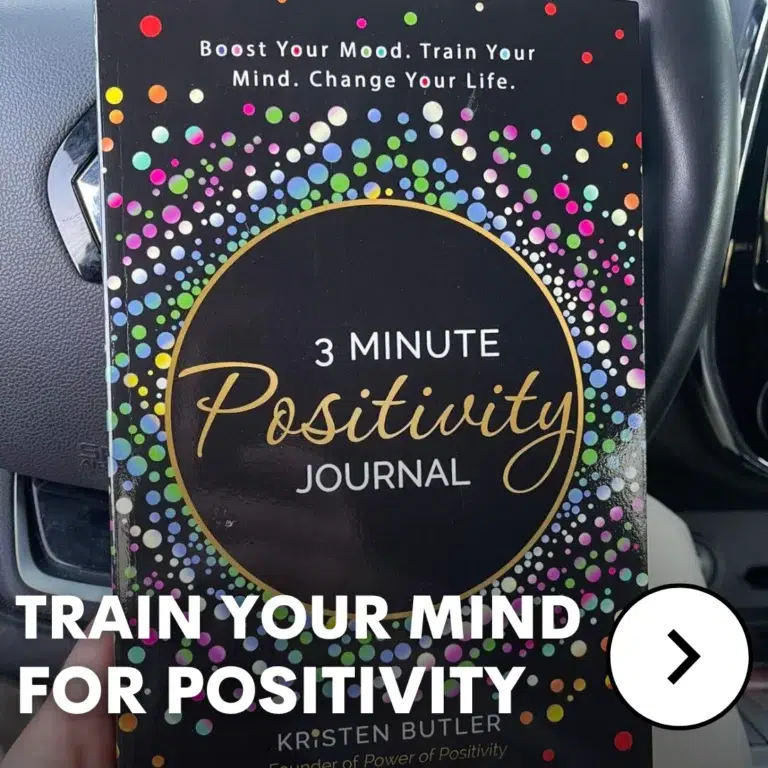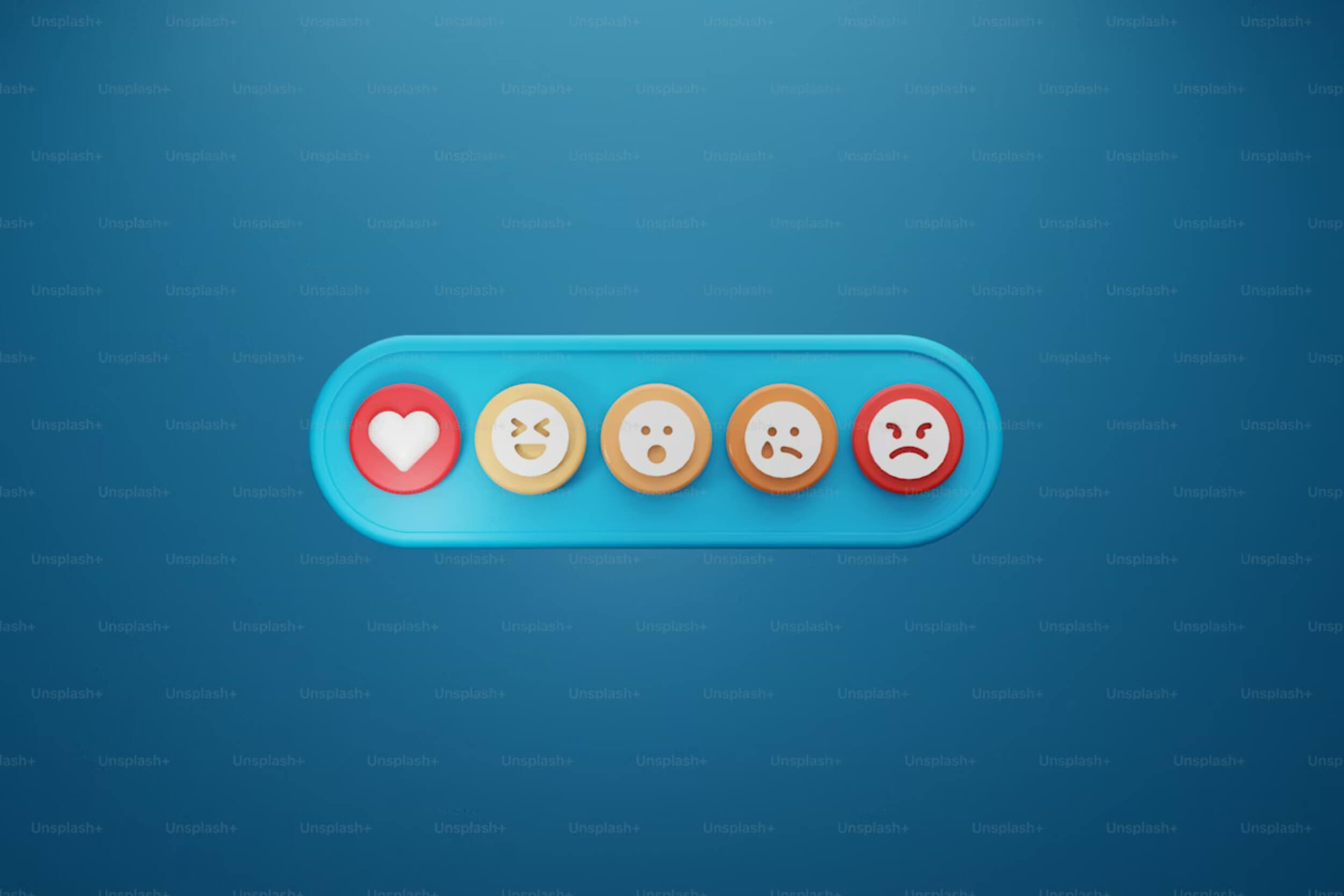Walking into a busy store can feel stressful for anyone, but for people with autism the experience can be overwhelming. Bright lights, loud noises, and constant movement can make even simple tasks like shopping or riding the bus feel exhausting. On top of that, many struggle with social misunderstandings—things like not catching a joke, missing eye contact, or being judged unfairly for communicating differently.
Across the United States, about 1 in 36 children and 1 in 45 adults are diagnosed with autism. Each of these numbers represents a person with their own talents, strengths, and dreams. Yet too often, the world is set up in ways that make them feel like they don’t belong.
Inclusion is not about giving special treatment. It’s about fairness, dignity, and creating spaces where people with autism can feel safe, respected, and accepted—just like everyone else.
Understanding Autism in Context
Autism is often described as a spectrum, which means it looks different for everyone. Some people with autism might be very talkative, while others may use fewer words or rely on devices to communicate. Certain people might love structure and routine, while others are more flexible. The key is that no two people with autism are the same.
Misunderstandings often come from myths. A common one is that autism equals low intelligence. Another is that people with autism lack empathy. Both are untrue. Many have strong empathy, deep care for others, and unique talents that stand out when given the chance.
Key Points to Remember
- Autism affects communication, behavior, and sensory experiences in different ways.
- Every autistic person is unique—no single “type” of autism exists.
- Myths about lack of intelligence or empathy are harmful and false.
- Inclusion starts by understanding strengths, not just focusing on challenges.
Barriers That Make the World Unwelcoming
Daily life can be harder when the world isn’t designed with differences in mind. People with autism often face barriers that make them feel out of place.
1. Sensory Overload
Bright lights, loud noises, and crowded rooms can feel painful, not just uncomfortable. Classrooms, supermarkets, and stadiums are common places where this happens.
2. Communication Differences
Reading body language, tone of voice, or sarcasm can be difficult. Misunderstandings pile up, sometimes leading to social isolation.
3. Stigma and Stereotypes
Negative labels or bullying add pressure. Because of stigma, some families delay diagnosis or avoid seeking support.
4. Education and Employment Challenges
Schools and workplaces are often rigid. Instead of adapting to neurodiverse needs, systems may punish differences. This can lead to fewer opportunities for learning, jobs, and career growth.
Removing these barriers isn’t about making life “easier.” It’s about giving everyone the same chance to live, work, and belong.
The Case for Inclusion
Strong communities are built when everyone can take part. Inclusion helps people with autism, but it also makes life better for everyone else.
Why Inclusion Helps All
- Classrooms with neurodiverse students often show higher creativity and teamwork.
- Workplaces that welcome different thinkers gain fresh ideas and problem-solving skills.
A Matter of Fairness
- Autism inclusion is about equality, not charity.
- Treating people with autism with dignity means honoring their rights to education, jobs, and community life.
- Around the world, disability rights movements are pushing for policies that respect neurodiversity.
Inclusion is not a “favor” but a step toward fairness for all.
Steps Toward Autism-Friendly Spaces
Making everyday spaces welcoming doesn’t always take big changes. Small actions can lead to real comfort for people with autism.
Personal Actions
- Be patient and open.
- Ask, don’t assume—find out what helps the person feel at ease.
Schools
- Add quiet zones for students who need breaks.
- Offer flexible teaching methods.
- Run peer education programs so classmates understand differences.
Workplaces
- Create hiring practices that value skills, not just interviews.
- Offer structured tasks and clear instructions.
- Allow flexible work styles.
Public Spaces
- Build sensory-friendly parks and libraries.
- Provide quiet rooms at stadiums or theaters.
- Adjust lighting and sound where possible.
When communities make these efforts, everyone benefits—not only people with autism.
The Role of Advocacy and Awareness
Change grows when awareness spreads. Teachers, doctors, and employers can all play a part in making life fairer for people with autism.
Education as a Tool
- Offer training to schools, healthcare staff, and businesses.
- Run local and national campaigns to show that neurodiversity is normal and valuable.
Voices That Matter Most
- Listen to autistic self-advocates.
- Support leaders with autism who share their lived experiences.
- Shift the focus from “fixing” autism to respecting differences.
Advocacy turns awareness into action, which is where real progress happens.
Support Systems That Make a Difference
Families and communities carry a big role in making life smoother for people with autism. Support is often what decides whether someone thrives.
Family and Caregivers
- Access to respite care prevents burnout.
- Parent networks offer connection and advice.
Community Programs
- After-school groups that welcome neurodiverse kids.
- Autism-friendly clubs and social events.
- Sensory-safe public activities where all can join.
Healthcare and Therapies
- Speech, occupational, and behavioral therapies when needed.
- Early help without judgment builds long-term success.
When support systems are strong, families feel less alone, and autistic individuals can grow with confidence.
Resources for Inclusion
Communities don’t need to start from scratch—many tools are already available.
- Webinars and Toolkits: Simple guides for schools and workplaces.
- Neurodiversity Institutes: Training on how to welcome different minds.
- Prom Nights and Inclusive Events: Activities designed to build belonging.
- Online Networks: Spaces where people with autism and families share advice and support.
Resources like these turn awareness into action and help communities stay consistent in their efforts.
Conclusion: Building a Truly Welcoming World
Life can be tough when the world isn’t built for differences, but inclusion shows us a better way forward. The challenges people with autism face are real, yet awareness, action, and compassion can change how society responds. Every time someone chooses patience over judgment or understanding over stigma, the world becomes a little more welcoming.
Each person has the ability to make a difference—at home, in schools, at work, and in public spaces. Creating environments that are kinder and more flexible doesn’t just benefit autistic individuals; it creates stronger and more connected communities for everyone. A world that welcomes people with autism is not only fairer, it is better for all of us. Inclusion is possible, and it starts with the choices we make every day.















